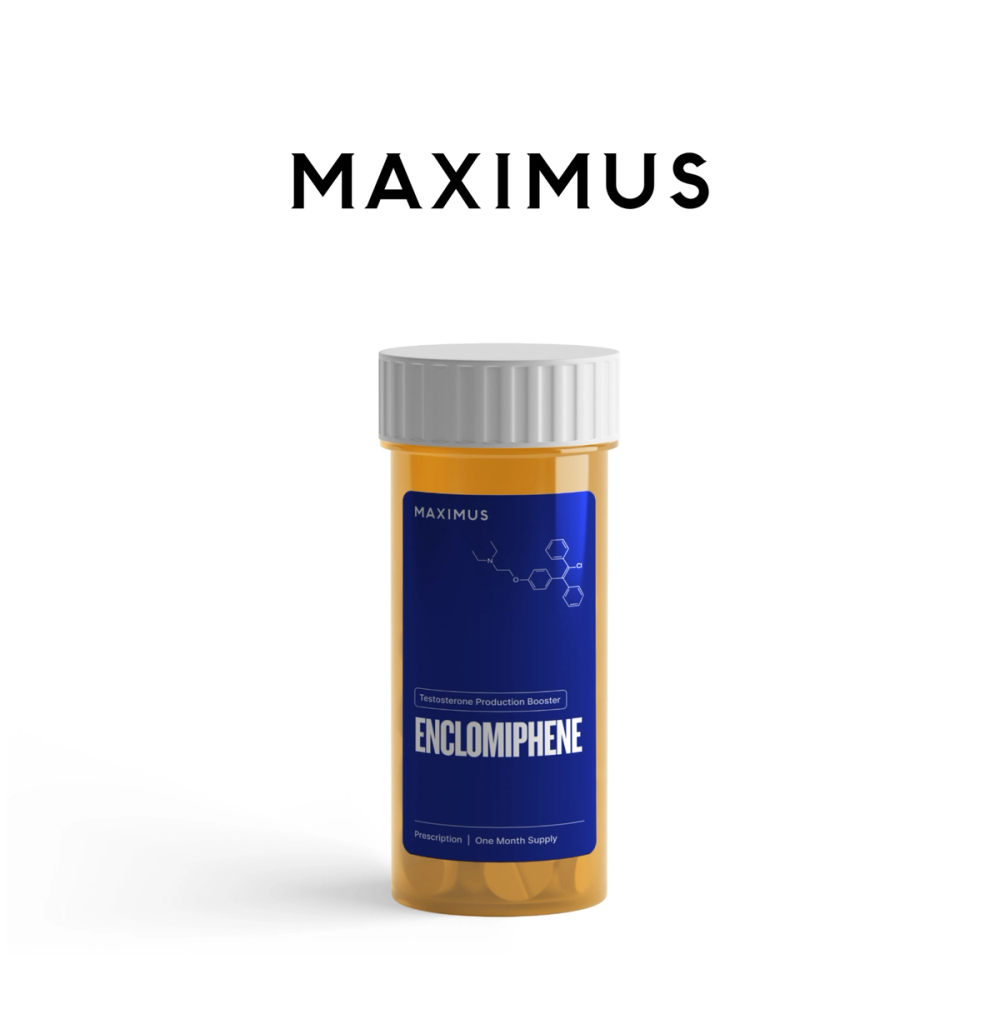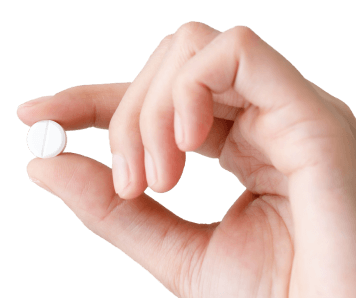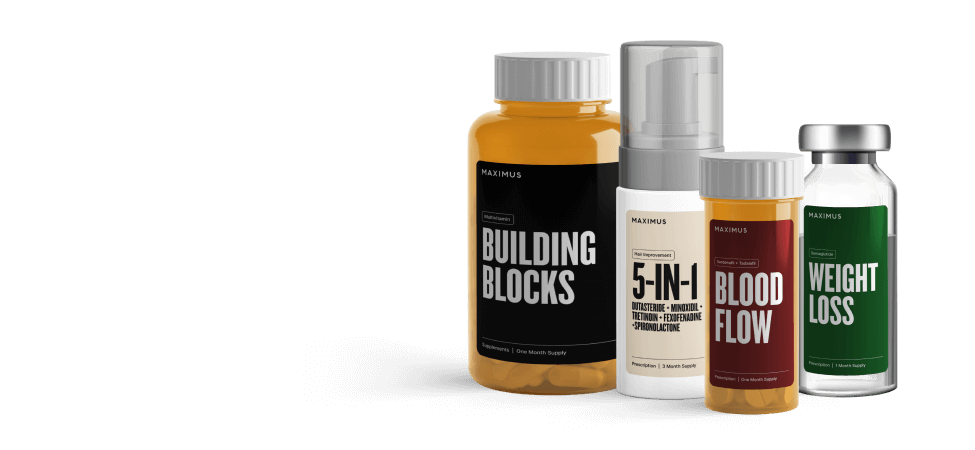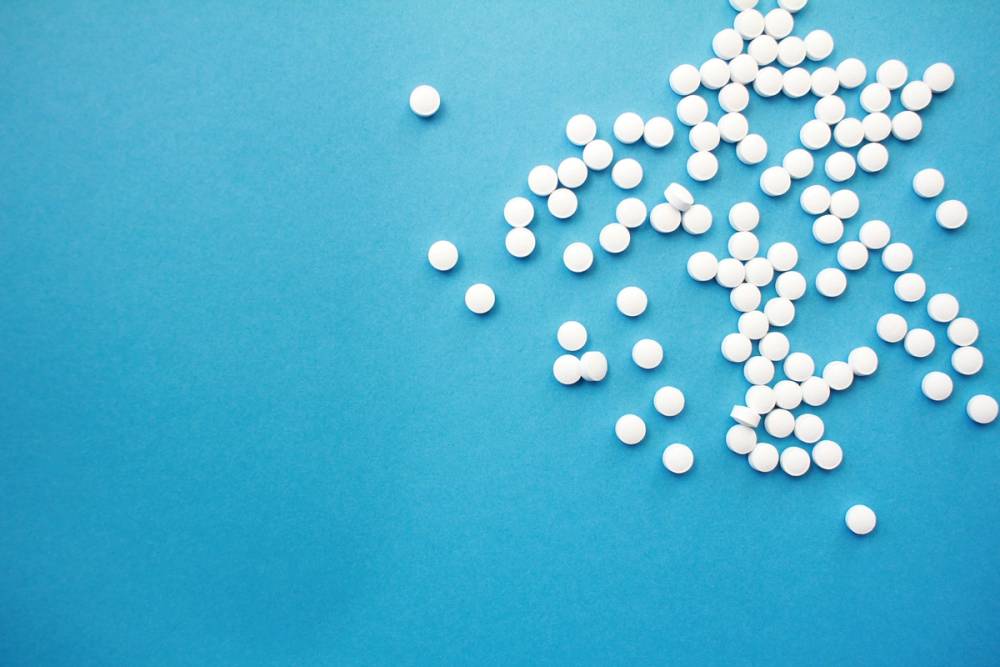If you’re struggling with symptoms of low testosterone, like reduced sex drive and fatigue, testosterone replacement therapy (TRT) can help you feel like yourself again by restoring your T levels to a healthy range. But in the world of TRT options, which range from pellets and pills to injections and creams, it can be difficult to know which method is right for you. In this article, we’ll break down the pros and cons of oral TRT vs injectable TRT, including efficacy rates, side effects, and more.
Key takeaways
- Oral testosterone undecanoate is a convenient and effective treatment for low testosterone. Newer formulations are designed to reduce the risk of liver toxicity.
- Testosterone injections is another convenient and effective treatment for low testosterone. It can provide more significant T level boosts when compared with oral TRT.
- Both are formulated to help people with low testosterone maintain testosterone levels within the normal range.
What is oral TRT?
Oral testosterone is a prescription therapy designed to treat low testosterone levels in men. It can help reduce symptoms such as low libido, fatigue, erectile dysfunction, depression, and excess body fat by increasing testosterone levels.
Earlier forms of oral testosterone, like methyltestosterone, were associated with liver toxicity, including risks of jaundice and liver damage. Newer formulations are designed to minimize these risks direct liver impact responsible for hepatotoxic effects. This improvement has made oral testosterone a safer and more effective option for managing testosterone deficiency.
How does oral testosterone work?
Testosterone undecanoate bypasses the liver and is absorbed by the intestinal lymphatic system. This is facilitated through the use of long‐chain fatty acids.
How effective is oral TRT therapy?
Clinical studies have shown that oral TRT is an effective long-term treatment for men with low testosterone levels, and has a safety profile that’s fairly consistent with other approved testosterone products. In one two-year safety and efficacy analysis, oral testosterone undecanoate kept total testosterone levels in the normal range with no evidence of liver toxicity.
In another study comparing oral TRT to placebo, those taking oral TRT for three months saw an increase from 260±130 ng/dL to 400±180 ng/dL. The researchers noted that the results were statistically significant, meaning it’s unlikely the results could be due to chance. Subjects also reported improvements with sexual dysfunction and better overall quality of life.
Comparing different types of oral TRT
The most recent FDA-approved oral TRT medications include Tlando®, Jatenzo®, and Kyzatrex®, which all bypass the liver and are absorbed by the lymphatic system. All three medications have been shown to restore testosterone levels in hypogonadal men to within the normal range. Kyzatrex may show the most promise, with a 96% success rate in restoring hypogonadal men to normal testosterone levels at the end of a 90-day study and lower risk of hypertension when compared to Tlando and Jatenzo, though it can still increase blood pressure. Meanwhile, clinical trial results showed that 88% of patients treated with Kyzatrex achieved an average plasma total testosterone concentration within the normal range on the final day of the study.
Oral testosterone vs injection
Testosterone injections were long considered the gold standard in treating low testosterone, with its main selling points being extended dosing periods and reliable effects on the body. Injections tend to provide a more significant boost to testosterone levels, but there are a few drawbacks to consider, such as that the injections can be painful and cause bruising and swelling at the injection site.
Like other forms of TRT, testosterone injections also carry a risk of long-term side effects, including infertility, especially with long-term use. This is because TRT suppresses the hypothalamic-pituitary-gonadal (HPG) axis, thereby reducing LH and FSH production, which are key to spermatogenesis.
Read on to find out more about how oral TRT compares to TRT injections.
Impact on T levels
Testosterone injections are associated with “peaks and troughs,” which can lead to some impressive boosts to a user’s T levels. In a review comparing oral TRT to injections, oral TRT users displayed serum testosterone levels 489 ± 155 ng/dL at the end of a 105-day study. However, a 10-week study on injectable TRT found that users taking injections saw a jump from 72 ± 29 ng/dL to 767 ± 182 ng/dL.
The goal of both oral and injectable TRT is to bring T levels to within the normal range. This is defined by some experts as 300–1000 ng/dL and by others as 450 -600 ng/dL. But numbers rarely tell the whole story. Determining success when treating low testosterone also needs to consider a medication’s impact on symptoms and the severity of any side effects that occur.
Impact on symptoms
Some research indicates that TRT injections are more effective at increasing muscle strength in comparison to oral testosterone and carries a lower risk of cardiovascular events. In terms of lean body mass, this comprehensive review points to a study in which weekly 100 mg testosterone injections led to a 5.0 ± 0.7 kg increase in lean body mass after 10 weeks, while 160 mg of oral TRT taken daily produced a 1.04 ± 0.07 kg increase.
Nonetheless, when it comes to improvements in body composition, quality of life in mood, and sexual function measures, the comprehensive review cited above found that oral TRT is similarly successful compared to other TRT modalities, including injections.
How quickly they work
The half-life of testosterone injections depends on which form of testosterone is injected. When injected muscularly, testosterone cypionate has a half-life of approximately eight days. In a review comparing different forms of injectable testosterone, they noted a small study where patients injected with 200 mg testosterone cypionate saw peak testosterone levels of 1,112 ± 297 ng/dL between days four and five after the injection. Levels started to decline after day five, reaching 400 ng/dL by day 14.
For patients injected with 200 mg of testosterone enanthate, T levels peaked above 1,200 ng/dL 48 hours after the last dose. After two weeks, the levels stayed steady, but they were at the lower end of the therapeutic range.
Meanwhile, patients injected with testosterone undecanoate reached a peak of 813 ng/dL by day seven, which declined to between 323 to 339 ng/dL 10 weeks after each injection. This was based on the recommended dosing schedule of 750-mg injections at weeks 0 and four and then every 10 weeks thereafter for a total of nine injections. When compared to testosterone cypionate and testosterone ethanate, troughs were seen later and resulted in fewer side effects.
Compared to all three forms of testosterone injections, oral TRT has a much shorter half-life, peaking at four to five hours after the dose. Levels decline at a constant rate and reach baseline about 12 hours later, unless a second dose is administered. This gradual decline helps to maintain therapeutic drug levels in the body over an extended period.
Side effects
Side effects of testosterone injections include pain and swelling at the injection site, decreased sperm count and quality, testicular shrinkage, enlarged prostate, acne, sleep apnea, cardiovascular issues, and breast growth (due to increased estrogen). And due to the up and down effects of short-acting testosterone injections, this route is also associated with more intense and frequent mood swings. However, some of the extended-release formulations, like testosterone undecanoate, mitigate this by providing more stable serum levels over time.
Oral testosterone side effects include nausea, headaches, and upper respiratory tract infections, in addition to an increased risk of high blood pressure (the risk is lower for Kyzatrex). Like TRT injections, oral TRT also increases estrogen and may suppress fertility.
Disclaimer: The contents of this article, including, but not limited to, text, graphics, images, and other information, is for information purposes only and does not constitute medical advice. The information contained herein is not a substitute for and should never be relied upon for professional medical advice. The content is not meant to be complete or exhaustive or to be applicable to any specific individual's medical condition. You should consult a licensed healthcare professional before starting any health protocol and seek the advice of your physician or other medical professional if you have questions or concerns about a medical condition. Always talk to your doctor about the risks and benefits of any treatment. Never disregard or delay seeking professional medical advice or treatment because of something you have read on this site. Maximus does not recommend, endorse, or make any representation about the efficacy, appropriateness, or suitability of any specific test, products, procedures, treatments, services, opinions, healthcare providers or other information contained herein. Maximus is not responsible for, nor will they bear any liability for, the content provided herein or any actions or outcomes resulting from or related to its use.








